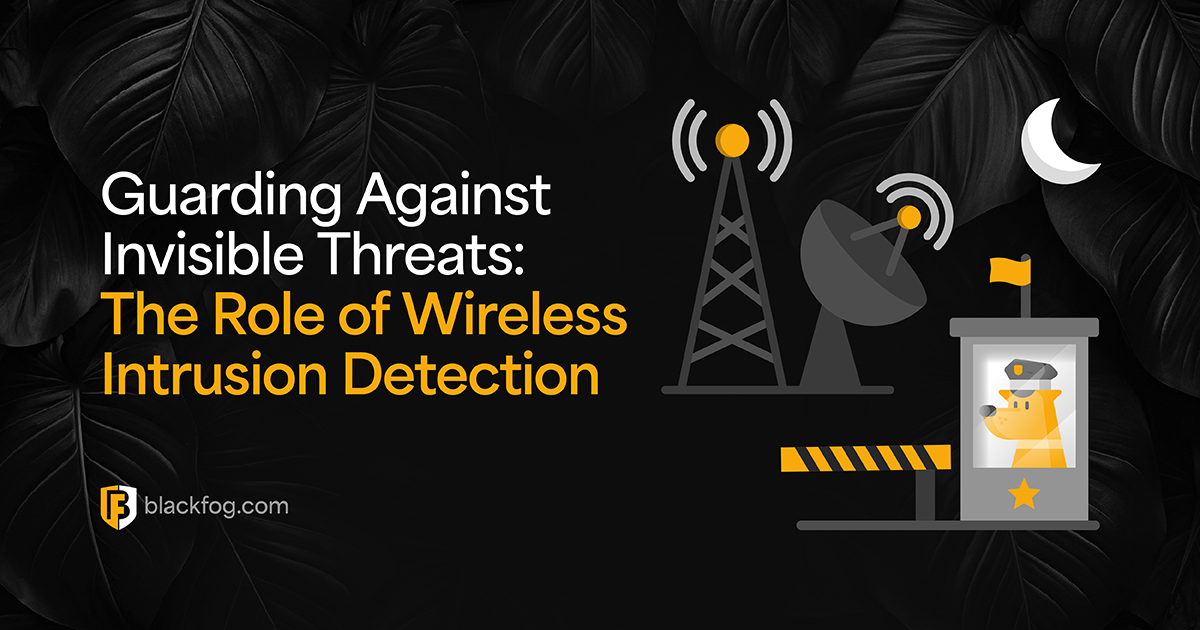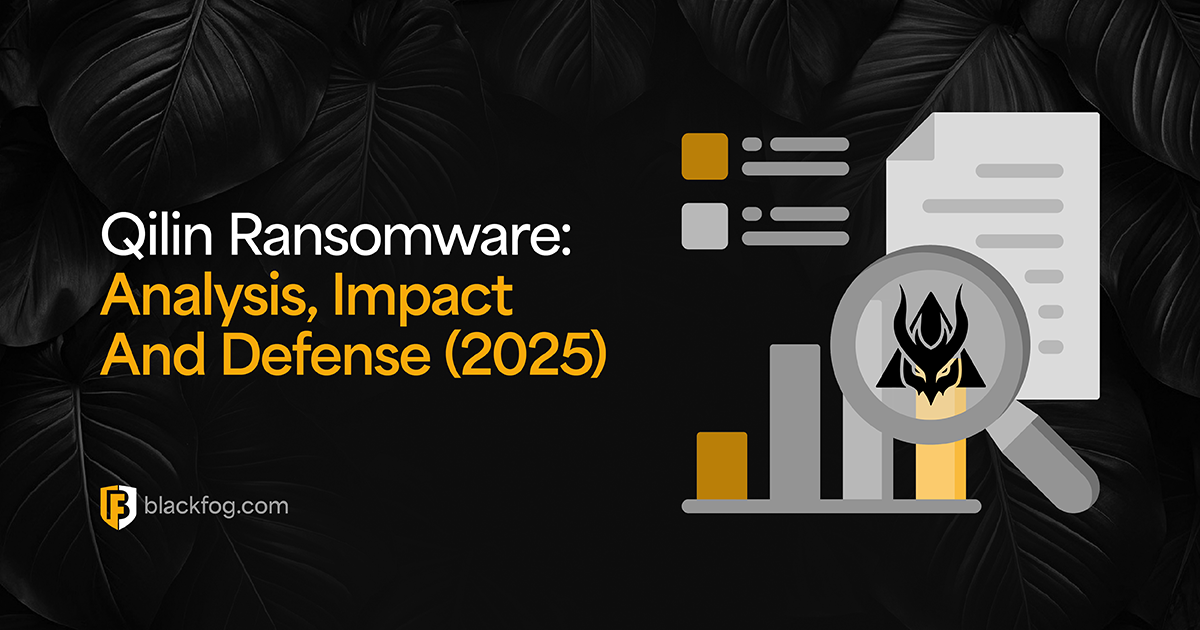
Guarding Against Invisible Threats: The Role of Wireless Intrusion Detection
Wireless connectivity is foundational to modern business. From corporate offices to logistics hubs and healthcare facilities, critical operations depend on fast, flexible access to data over Wi-Fi and mobile networks. But this convenience comes with growing risk.
As remote work, mobile devices and Internet of Things (IoT) adoption accelerate, attackers are increasingly targeting wireless infrastructure as an entry point. Rogue access points, device spoofing and signal hijacking all present real cybersecurity threats. That’s why businesses need dedicated tools like Wireless Intrusion Detection Systems (WIDS). These solutions offer vital visibility into wireless environments and play a key role in defending against invisible, airborne threats.
Why Wireless Networks Are a Target

Wireless networks now underpin enterprise connectivity. For example, more than half of businesses (51 percent) use IoT devices, according to Kaspersky, while the number of connections worldwide is set to reach 19.8 billion this year. Meanwhile, when it comes to mobile connectivity, 96.3 percent of internet users globally access the web using a mobile phone.
Industries such as healthcare, retail, logistics and education are especially reliant on wireless infrastructure to support remote workers who need access to data away from their desks. These sectors are already some of the most tempting targets for ransomware attacks, and unsecured wireless networks can make it easy for them to target and exfiltrate sensitive data.
Wireless networks tend to be more exposed than wired equivalents because traffic can be intercepted remotely and unauthorized access points deployed surreptitiously.
Threat actors exploit common weaknesses such as poor encryption, device spoofing or rogue access points, to intercept communications or impersonate network services. For businesses depending on wireless operations, these hidden risks make dedicated defenses essential.
What Is Wireless Intrusion Detection?
Given the unique risks associated with wireless infrastructure, businesses need intrusion prevention tools specifically designed to monitor and defend these networks. WIDS offer this critical layer of protection by scanning these networks for issues such as unauthorized activity, suspicious access points, spoofed devices and policy violations.
Unlike wired intrusion detection and prevention systems, which focus on fixed network segments, WIDS are designed and built specifically to detect threats transmitted over wireless channels, even those that never connect to the main network. They operate by continuously analyzing wireless traffic, flagging suspicious signals or devices in real-time.
This makes them especially effective at identifying stealthy attacks such as man-in-the-middle attempts that aim to intercept and steal data. By providing visibility into threats that traditional systems may overlook, WIDS fills an essential gap in layered cybersecurity strategies.
Key Features and Capabilities of WIDS
WIDS solutions work by passively scanning wireless frequencies and analyzing behavior to provide essential visibility into these environments, helping organizations respond to threats before attackers can gain a foothold.
These tools are especially valuable in environments with many access points, mobile devices or IoT endpoints. Key capabilities include:
- Rogue access point detection: Identifies unauthorized or misconfigured devices imitating legitimate networks, which are often used in man-in-the-middle attacks or to harvest login credentials.
- MAC address spoofing alerts: Flags attempts by attackers to disguise malicious devices using cloned MAC addresses to bypass access controls or impersonate known devices.
- Abnormal traffic pattern analysis: Detects unusual volumes, frequencies or destinations in wireless traffic that may indicate reconnaissance, data exfiltration or denial-of-service attempts.
- Policy violation monitoring: Ensures endpoints such as BYOD hardware comply with network usage rules, detecting unauthorized connections or attempts to access restricted resources.
- Location tracking: Helps security teams physically locate the source of wireless threats for faster investigation and response.
Best Practices for Deploying WIDS
To get the most from WIDS solutions, businesses need a well-planned deployment that ensures comprehensive coverage, accurate detection of threats and minimal disruption of day-to-day operations. Because wireless environments can be dynamic and complex, careful configuration and ongoing oversight are critical, while deep machine learning can help adapt to evolving attacks. The following best practices help organizations maximize the effectiveness of WIDS:
- Conduct a wireless risk assessment: Start by identifying all access points, connected devices and known vulnerabilities. Map out high-traffic and sensitive areas to prioritize sensor placement.
- Update detection rules regularly: Keep the WIDS database current with emerging threats, rogue device profiles and known attack signatures to maintain effectiveness.
- Integrate with existing security infrastructure: Connect WIDS with SIEM platforms and alerting systems to streamline visibility and improve response times.
- Train staff to investigate alerts: Equip teams with the skills to validate, escalate and resolve WIDS alerts efficiently, reducing false positives and response delays.
- Segment guest and corporate traffic: Use access controls to limit exposure and make unauthorized access easier to spot and block.
The Role of WIDS in a Broader Security Strategy
Wireless networks are now critical to business operations, which means it’s equally critical to defend them. As threats increasingly target the wireless edge, tools like WIDS offer essential visibility and early warning to stop intrusions before they spread. But while WIDS plays a key role, it is only one part of a truly resilient cybersecurity posture.
To protect against today’s sophisticated threats, businesses must adopt a layered defense strategy that includes automated threat response, machine learning for anomaly detection, and anti data exfiltration technology to stop breaches in progress. When deployed together, these tools deliver comprehensive protection across all vectors to help organizations stay secure in an ever-changing risk landscape.
Share This Story, Choose Your Platform!
Related Posts
New Matrix Push C2 Abuses Push Notifications to Deliver Malware
Investigating Matrix Push C2, a browser based command and control system that uses push notifications to deliver malware, run phishing campaigns, and steal data across platforms.
Clop’s New Extortion Wave Hits Oracle E-Business Suite
Clop exploited an Oracle E-Business Suite zero-day to steal data from major organizations. Here’s how it happened and what it means for supply-chain security.
Qilin Ransomware: Analysis, Impact and Defense (2025)
In-depth 2025 Qilin ransomware analysis covering its rise, attack chain, intimidation tactics, double extortion model, and defense strategies.
Kerberoasting Attack Explained: Example And Prevention Guide
Kerberoasting attack explained with examples, detection tips, and prevention steps. Learn how to secure Active Directory from credential theft.
BlackFog Appoints Former Yahoo CFO Kenneth A. Goldman To Board Of Advisors
Kenneth A. Goldman joins BlackFog’s Board of Advisors, bringing decades of tech and finance leadership to accelerate enterprise growth and AI-based data protection.
Why Every Business Needs A Cybersecurity Roadmap
Find out what's involved in creating a cybersecurity roadmap and how having one can help navigate an extremely challenging threat landscape.






